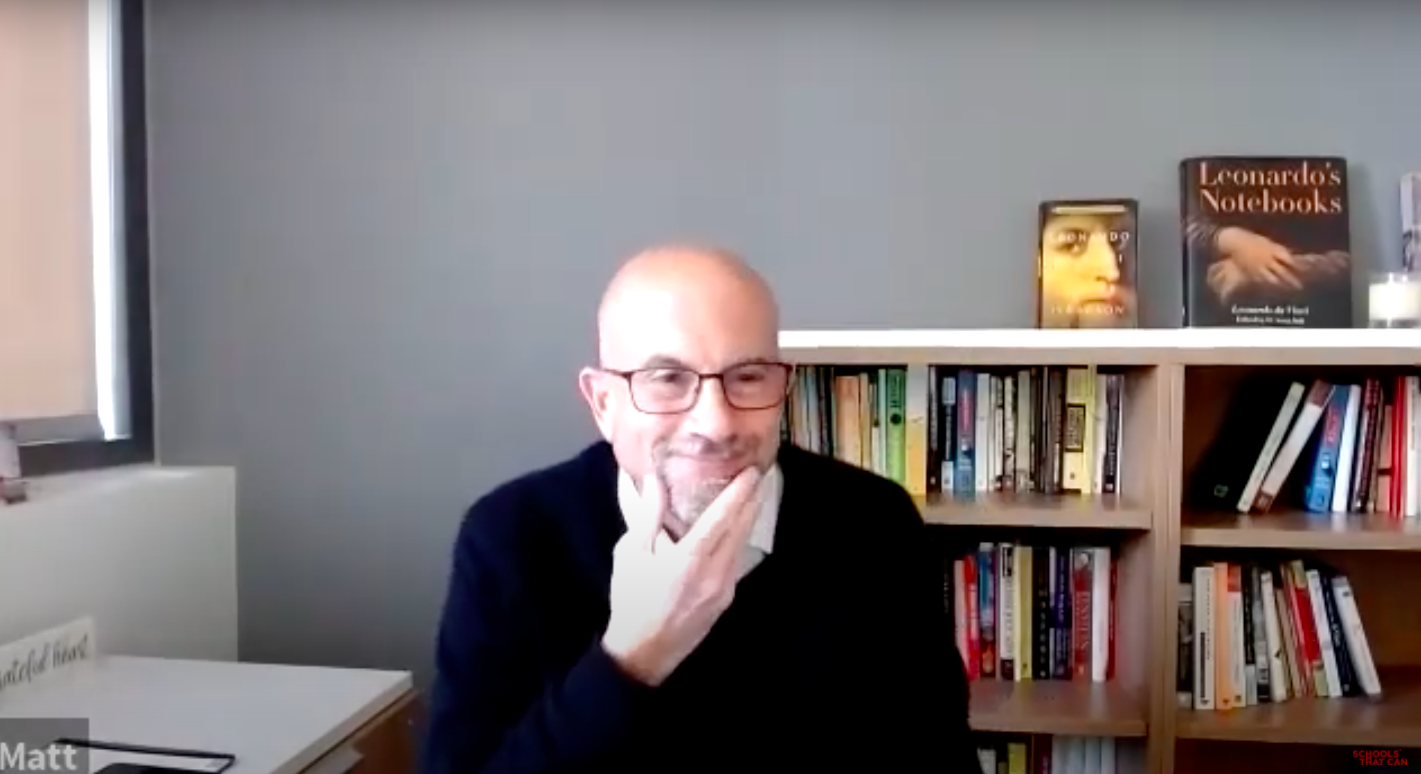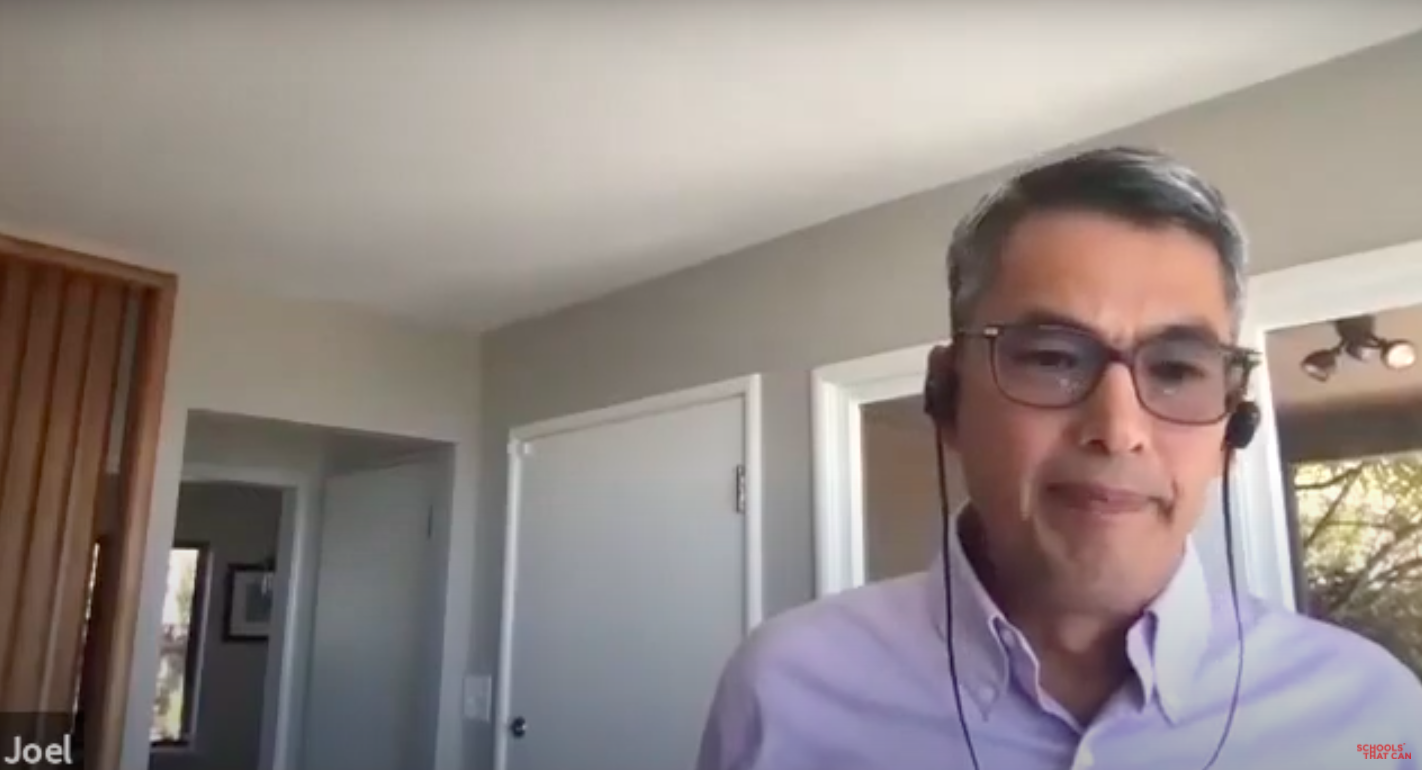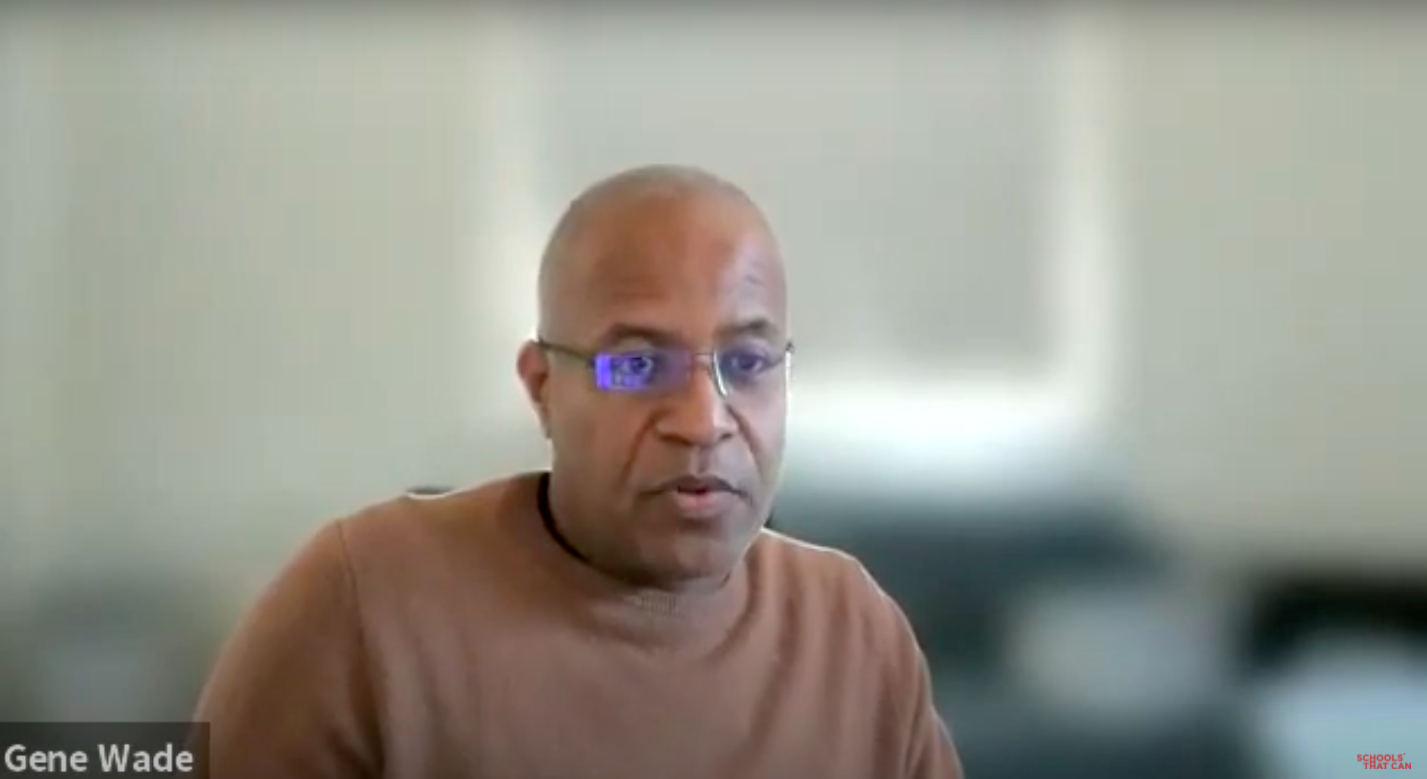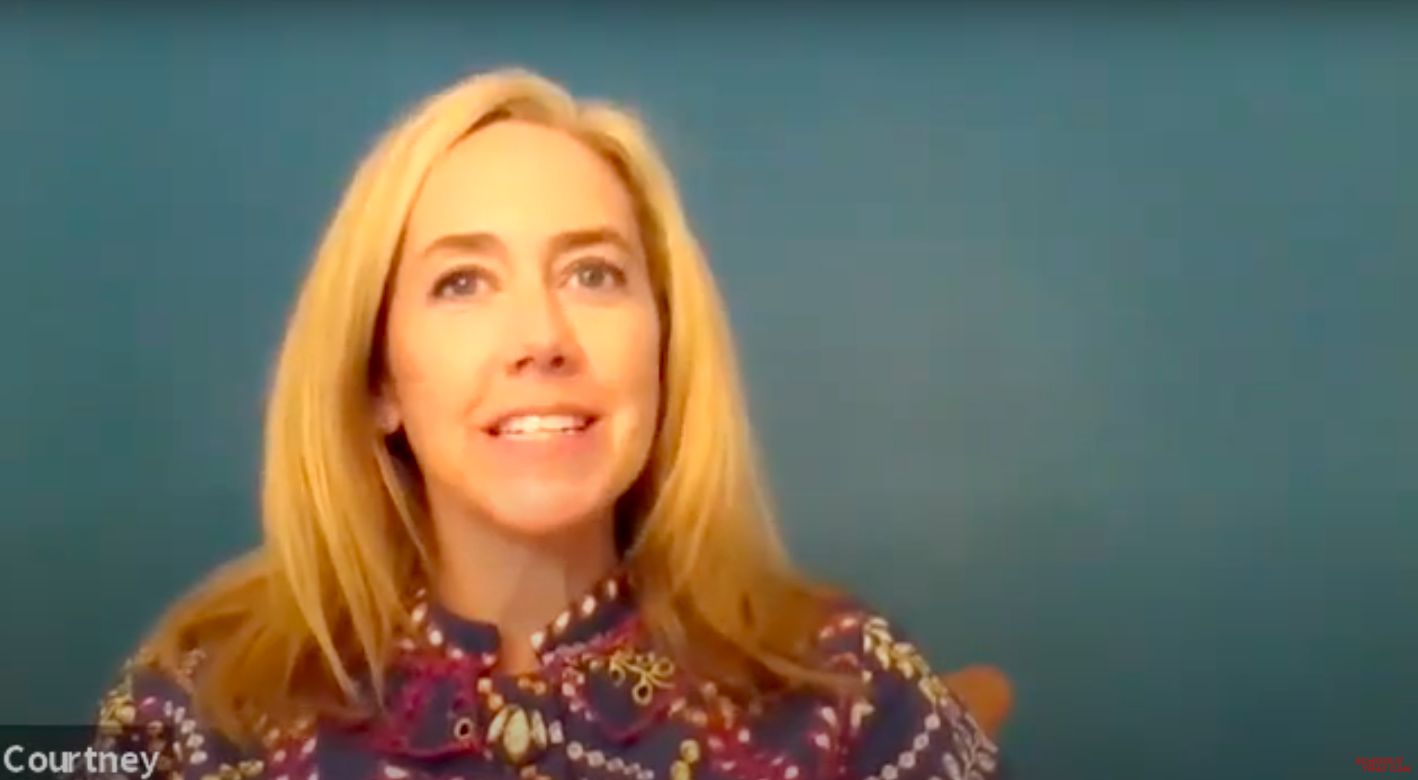We know and the workforce have changed dramatically over the past few decades. So where does that leave high schools? As Matt Wunder, CEO of DaVinci Schools and recent moderator of Schools That Can’s Is the High School Model Ready for Revolutionary Change? Forum session, pointed out, the world young people are inheriting is different. “American high schools haven’t kept pace,” Wunder said. 
Amid such robust change to work and higher education, including fundamental questions of equity, access, and opportunity, what’s the role of high schools in preparing students for the rest of their lives? While conversations on what it means to be “college ready” are frequent, it seems there’s less national emphasis on the role of high schools within revolutionary change to education, work, and life. Panelists unpacked practices from their own progressive organizations within the high school space in order to explore this, while detailing problematic policies that create barriers to change, and challenging colleges to step up, too.
 “Systems are designed to maintain themselves and their turf,” said Joel Vargas, Vice President, Programs of Jobs for the Future. Generally speaking, high schools take more responsibility for the development of adolescents as people, whereas colleges are less inclined to see the role of successful development into adulthood as their work or priority. Accordingly, we’ve really hardwired policies that reinforce such divides. We “emphasize indicators of college readiness as a determinant of actually recognizing a good high school experience,” Vargas explained, pointing out that systems might have gone overboard by not leaving students room to experience different things — like actual college, career, and community experiences — that don’t necessarily translate directly into the standardized test scores that supposedly shape their futures. Where are the opportunities to gain stable footing in adulthood during, and with the support of, high school?
“Systems are designed to maintain themselves and their turf,” said Joel Vargas, Vice President, Programs of Jobs for the Future. Generally speaking, high schools take more responsibility for the development of adolescents as people, whereas colleges are less inclined to see the role of successful development into adulthood as their work or priority. Accordingly, we’ve really hardwired policies that reinforce such divides. We “emphasize indicators of college readiness as a determinant of actually recognizing a good high school experience,” Vargas explained, pointing out that systems might have gone overboard by not leaving students room to experience different things — like actual college, career, and community experiences — that don’t necessarily translate directly into the standardized test scores that supposedly shape their futures. Where are the opportunities to gain stable footing in adulthood during, and with the support of, high school?
 Gene Wade, CEO of Honors Pathway, observed that the best predicator of whether one succeeds in a college class is whether you’ve succeeded at one in the class, meaning that the best way to prepare someone is to have them do it, or to model it. “We have to model what we want kids to do at the next step,” said Wade, whether it’s college or career. Most high school students in America are low-income and low-GPA, Wade explained, and while there’s an increasing number of high school graduates, “what we’re asking kids to do in high school has no relationship to what they’re required to do at the college level.”
Gene Wade, CEO of Honors Pathway, observed that the best predicator of whether one succeeds in a college class is whether you’ve succeeded at one in the class, meaning that the best way to prepare someone is to have them do it, or to model it. “We have to model what we want kids to do at the next step,” said Wade, whether it’s college or career. Most high school students in America are low-income and low-GPA, Wade explained, and while there’s an increasing number of high school graduates, “what we’re asking kids to do in high school has no relationship to what they’re required to do at the college level.”
 Mike Larsson, President of Duet, took that a step further: “If we’re honest, what people learn in college has no relation to what people do in the real world after that,” Larsson said. In this way, higher education has managed to shield itself from accountability and responsibility high schools have managed to take on, with most conversations about college and college readiness are centered around what high schools can do better. And yet, Larsson points out, college policies often have students jump through hoops in ways that rarely appear in real life.
Mike Larsson, President of Duet, took that a step further: “If we’re honest, what people learn in college has no relation to what people do in the real world after that,” Larsson said. In this way, higher education has managed to shield itself from accountability and responsibility high schools have managed to take on, with most conversations about college and college readiness are centered around what high schools can do better. And yet, Larsson points out, college policies often have students jump through hoops in ways that rarely appear in real life.
Progressive change in high school means progressive change to collegiate policies, too. Courtney Collins-Shapiro, CEO of Portal Schools, said there’s no accountability around collegiate data tracking, or statistics on students in debt that take into account actual student success, whereas the high school sector focuses on student success, but colleges aren’t set up to receive students and support them. Colleges, Collins-Shapiro noted, don’t even have a mechanism to communicate among each regarding transfer or dual enrollment credits, meaning even if a student takes Advanced Placement or collegiate classes in high school, hoping to take steps in building their future, they’re often left having to start from zero. “They keep having to start over because higher ed can’t get their act together,” Collins-Shapiro said. 
Matt Wunder remarked that “the promise looks a lot different than the execution,” which is why leaders coming together to have these conversations is so important. The revolution is coming, but the goal is spreading the work. Why does public responsibility to young people stop at 12th grade? Problems require a multi-disciplinary approach, so thinking about the high school revolution means thinking about how we create a system where it’s okay for 18 and 19 year olds to take space to figure out their lives before taking massive life choices, or taking on debt? The future of high school unfolded in this conversation. Watch the full session below:

